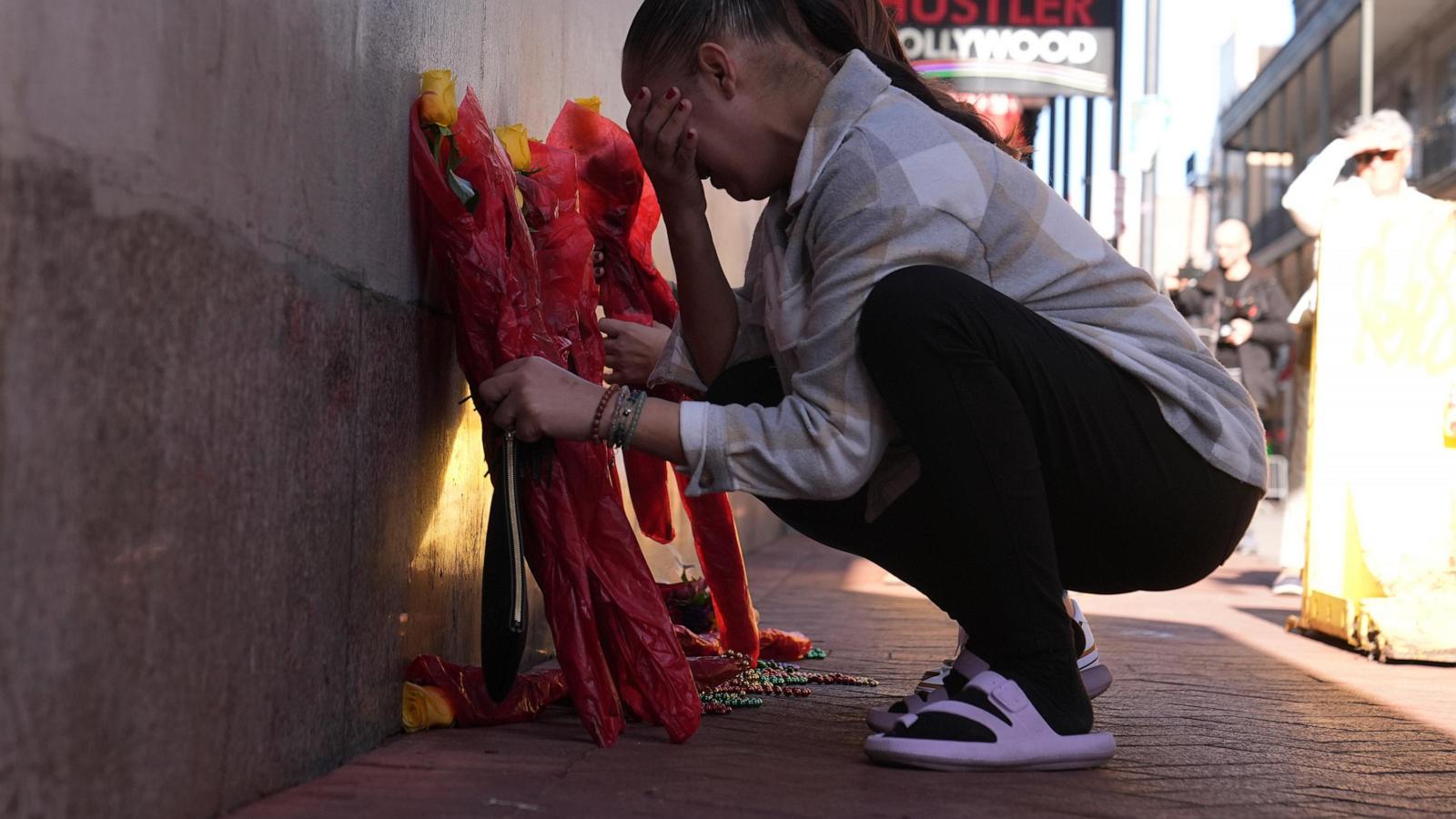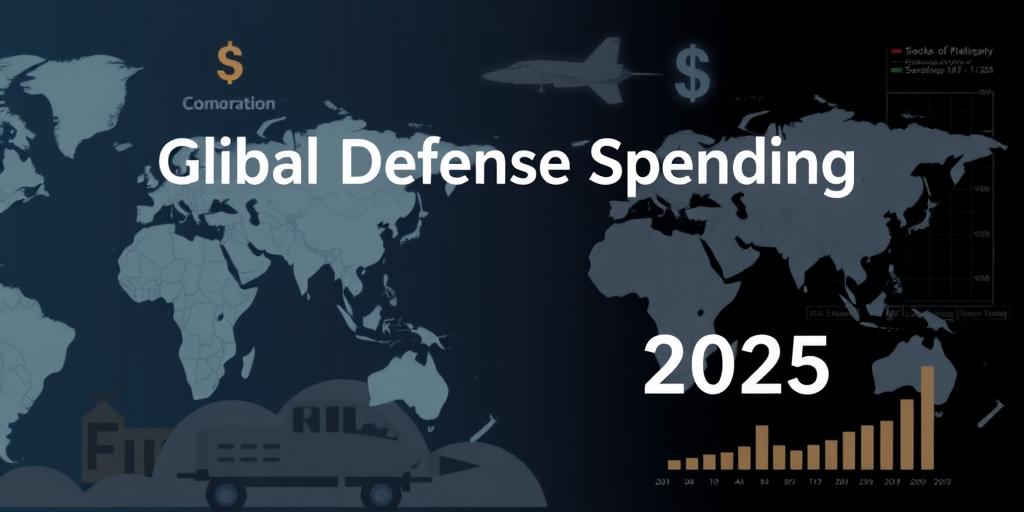New Orleans Rebounds After Tragic Attack: A City's Resilience in the Face of Terror
The recent attack in New Orleans shook the city to its core, leaving fourteen dead and scores injured in a horrific act of violence. Yet, amidst the mourning and the shock, the spirit of New Orleans shines through—a testament to its resilience and its unwavering determination to move forward. This wasn't just another news story; this was an attack on a vibrant heart of American culture, and the aftermath has been a poignant example of how a community confronts and heals from such tragedy. But the question remains: how did New Orleans manage to not only recover but seemingly carry on so soon after such a devastating attack?
The Immediate Aftermath: Grief, Unity, and a City's Response
The attack occurred on Bourbon Street, a place synonymous with lively music, festive crowds, and the unique energy that defines New Orleans. In the immediate aftermath, the street was transformed, a scene of horror filled with chaos and carnage. The response, however, was equally powerful. From local musicians offering solace through music to ordinary citizens offering support and comfort, the spirit of unity prevailed. The cleanup was swift, demonstrating a dedication to restoring normalcy that was impressive given the scale of the incident. We examine what the various agencies did and what steps were followed to facilitate the recovery efforts of the people of New Orleans and beyond.
The Role of First Responders
Emergency services exhibited incredible efficiency, displaying coordination, professionalism, and compassion in the face of unimaginable hardship. The seamless effort demonstrated exceptional levels of inter-agency teamwork. Their rapid response helped minimize further harm and set the stage for a structured recovery operation.
The Collective Healing Process
The days following the incident weren’t just about restoration; they represented a collective journey of healing and reconciliation. Musicians took to the streets, providing an emotional outlet and offering solace through the healing power of music. These spontaneous acts of remembrance became pivotal in establishing a shared recovery and recovery narrative. It illustrates that although the physical trauma would last, there was something about the events that promoted healing and recovery that took precedence.
Rebuilding and Remembrance: A City's Healing Journey
The healing process extended beyond the initial emotional outpouring. The city quickly worked to support families of the victims, both by coordinating aid and by creating spaces for the public to express their grief and sorrow through community remembrance services. The speed and efficacy in this display of support underscore the resolve and capacity of community institutions and local agencies to cooperate in crisis situations.
Memorialization and Community Support
Memorials sprouted across the city, providing a tangible manifestation of collective remembrance and demonstrating support for grieving families and those who sustained injuries. Yellow posts that were quickly deployed as temporary street barriers to allow authorities access, have since been converted into a makeshift memorial display where community members place candles, photographs and flowers, turning a street-closure symbol into a unique commemoration point.
Ongoing Support and Services
Mental health services and community outreach programs have played a critical role in the broader societal healing that is still unfolding following this tragedy. They play an invaluable part in facilitating support for individuals who witnessed, endured or simply processed these horrific events; thereby fostering healing and supporting the rebuilding of emotional strength and morale within the wider community.
The Long Road to Recovery: Lessons Learned and Future Preparedness
The tragedy underscored the importance of preparedness and response protocols for dealing with major incidents of violence or terrorism. The rapid reaction and organized efforts of emergency responders were essential, demonstrating the potential effectiveness of proactive planning in helping safeguard citizens and improving crisis management. Examining such critical response protocols following such events highlights opportunities for enhancing crisis preparedness systems so that improvements can be implemented.
Enhancing Security and Prevention
Reviewing the details of the perpetrator and analyzing their motives provides a unique opportunity to develop advanced terrorism risk mitigation and intelligence techniques and methodologies. New protocols and technological advancements may aid in bolstering security and enhance community safety overall. This examination includes reassessing preventative security strategies in addition to evaluating intelligence collection and preventative efforts.
Strengthening Community Resilience
The immediate outpouring of support demonstrated the remarkable resilience of the New Orleans community and highlights the invaluable resource of community cohesion when supporting collective crisis response efforts. Lessons that can be taken from how the community and locals supported one another is a valuable source of learning that should be documented and studied for use in the event of similar events.
Take Away Points
The New Orleans attack was a tragedy of immense proportions, but the city’s response was just as profound. It showcased the resilience, unity, and unwavering spirit of a community facing unimaginable adversity. The collective mourning, rapid recovery, and focus on support demonstrated that even in the darkest of times, the human spirit can prevail. While the road to complete recovery will likely be long, New Orleans provides an inspirational example of how a city, devastated by an unspeakable crime, comes back from adversity with strength, love and resilience. The response of local institutions and citizens provided a clear blueprint on collective healing processes. The tragedy highlighted a great opportunity for re-evaluation of preparedness measures and improved implementation in future security and response strategies.









